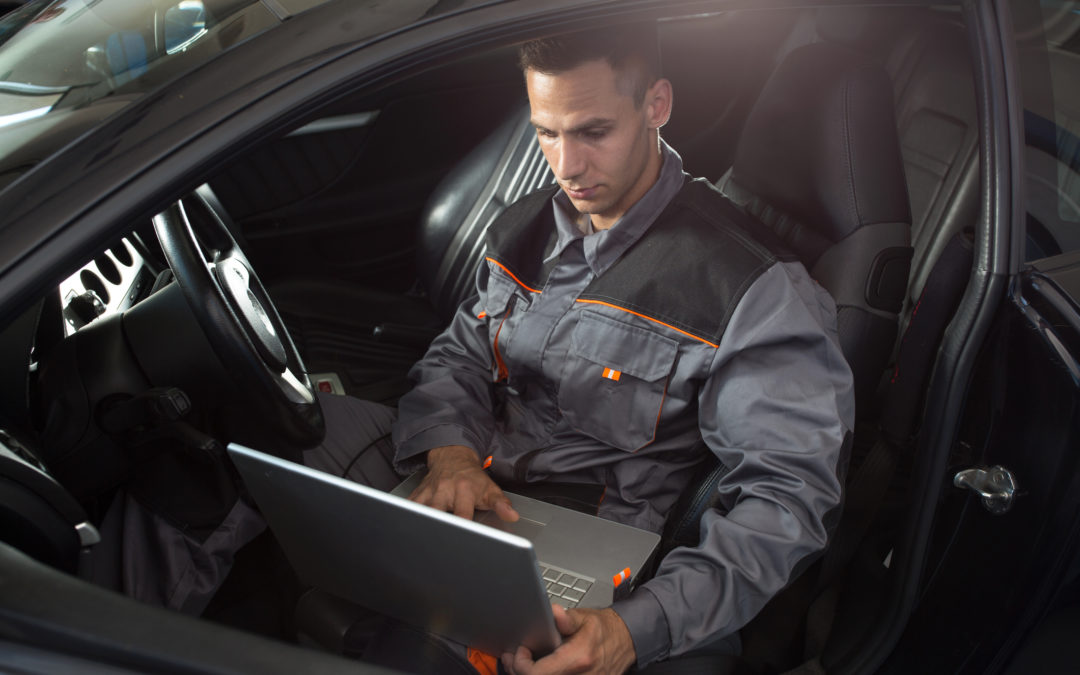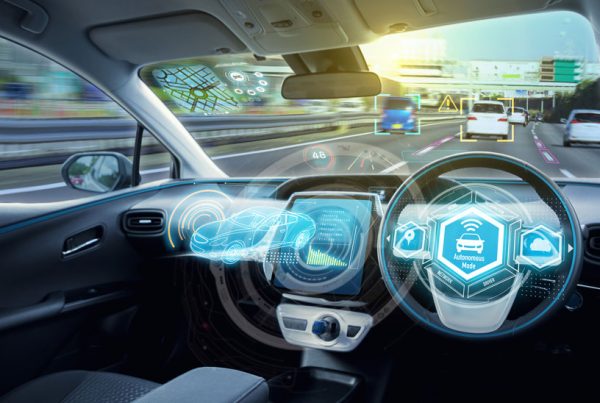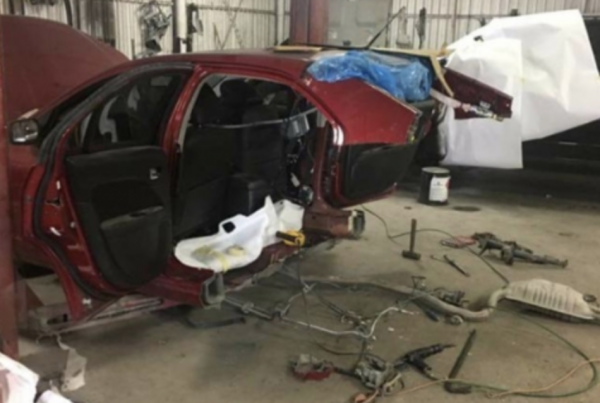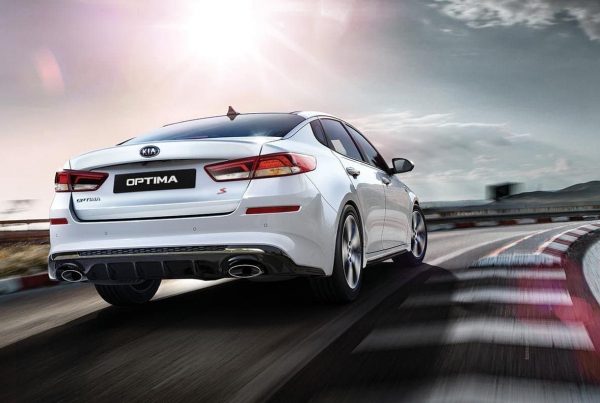If you recently bought a car over the past few years, it is likely equipped with some form of advanced safety features commonly known as ADAS (Advanced Driver Assistance Systems). These used only to be seen in luxury cars, but most vehicles from 2016 onward have some form of this advanced safety technology. Prior to any work being performed on your car and even after any work has been done on your car, it will need to be scanned.
Your car safety systems could be malfunctioning and you would have no way of knowing it. Sensors could be aimed wrong and your airbag sensors could have a fault code. Insurance companies don’t like to pay for pre- and post-repair scanning because to them, they’re getting billed twice. However, it’s important to know what faults codes exist in your car prior to starting the repair. In many cases, these systems are all tied together. To begin repairs without scanning could cause more systems if these systems are unable to “talk” to one another. For example, your lane assist could try correcting your steering based on bad information from a faulty sensor somewhere else in the system.
It is also a liability issue. The vehicle could have fault codes that result from the previous repair or are not part of the car that’s being repaired. For example, the rear sensors could be throwing a fault code, but you are only being paid to fix the front sensors. Without pre-scanning the vehicle, a repair shop and the customer would have no way of knowing there is an issue with that system. It could even be completely unrelated to the accident. Maybe you were lightly tapped in a parking lot, which is enough to throw off sensors but not enough to show up as visible damage.
What Is Scanning?
When a repair technician performs a diagnostic vehicle scan, they will hook up a scanner to your car’s diagnostic port. From there, several different codes known as Diagnostic Trouble Codes (or DTC for short) will appear. These codes will give the technician a vantage point on where to begin the repair. It’s important to note that even if your car doesn’t illuminate certain lights on your dashboard, that doesn’t mean nothing is wrong with your vehicle. This is the whole purpose of vehicle scanning so the technician can get a good look “inside” your car to determine what’s wrong.
The best way to compare this is when you go to the doctor. You can tell the doctor all your symptoms, and they can diagnosis you from that. But until they take x-rays or get bloodwork, they won’t be 100% sure of your diagnosis. Similarly, an auto repair technician can get to work on your car without scanning based on what they can “see.” However, there could be non-functioning safety equipment, hidden faults, or damaged components that will go undetected unless there is a diagnostic scan. This is why a technician must know to scan your car before getting to work on your vehicle.
When Are Scanning and Calibrations Needed?
Aside from beginning a repair, a post-repair diagnostic scan will be required for a few different reasons. Let’s take, for example, what American Honda wrote in a position statement from May 2019 regarding pre- and post-repair scanning:
- “A preliminary diagnostic scan during the repair estimation phase to determine what diagnostic trouble codes (DTCs) may be present, so proper repairs may be included.
- A post-repair diagnostic scan to confirm that no DTCs remain.
- Any repair that requires disconnection of electrical components in order to perform the repair will require a post-repair diagnostic scan to confirm if the component is reconnected properly and functioning.
- Damage that requires the replacement of body parts will always require a post-repair diagnostic scan.
- Some safety and driver assistive systems (such as ADAS) will require inspections, calibration, and/or aiming after calibration after collision or other body repairs.”
Every car manufacturer, like Honda, will have its requirements on scanning and calibrations. However, it is guaranteed they will always require pre- and post-repair scanning to accurately diagnose what needs to be repaired and determine everything is functioning correctly. If you think of ADAS technologies like a computer, a recalibration is similar to resetting a computer. Most modern cars come with a variety of different ultrasonic, camera, and radar sensors. These sensors are what ADAS technology is made of so they can “see” what is going on around your car, keeping you safer on the road. If any of these sensors were even off by one degree caused by a minor fender bender, it could be equivalent to being 50 feet off the designated target area.
Even minor fender bender repairs are why technicians must know when cars need scanning and recalibration. The best body shops will look up any repair procedures laid out by the manufacturer, including position statements like Honda’s shown above. This is why pre-scanning is important.
Who In Pennsylvania Knows How To Perform Scanning and Calibrations?
We wish we could say that every body shop knows to perform vehicle scanning and recalibration, but unfortunately, this isn’t always the case. Most body shops will get straight to work on a repair without researching any OEM procedures.
Here at Rocco’s Collision Center, we know how vital scanning is for your car. We refuse to get to work on any aspect of the repair until we’ve accurately assessed what needs to be done to your vehicle.
We know you have many choices when looking for a car repair shop, especially in the Philadelphia and Southern New Jersey areas. We aim to show you why we’re the best out there, why we’re the best out there, which is why we are dedicated to giving you the best repair possible for your car!
We have six different locations across Philadelphia and Southern New Jersey. We invite you to see for yourself why Rocco’s is the best out there! Feel free to give us a call at anytime at (888)-9-ROCCOS. Or to schedule an appointment or to call any of our locations directly, click here.
We look forward to hearing from you!




